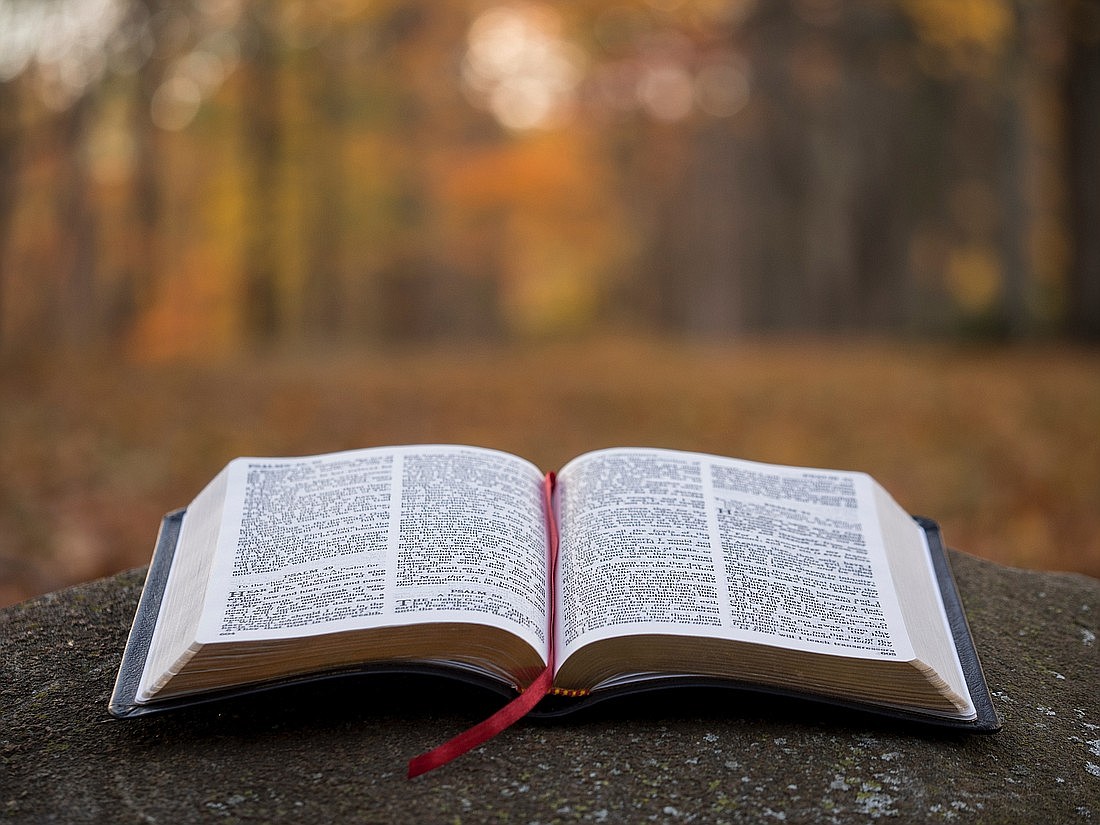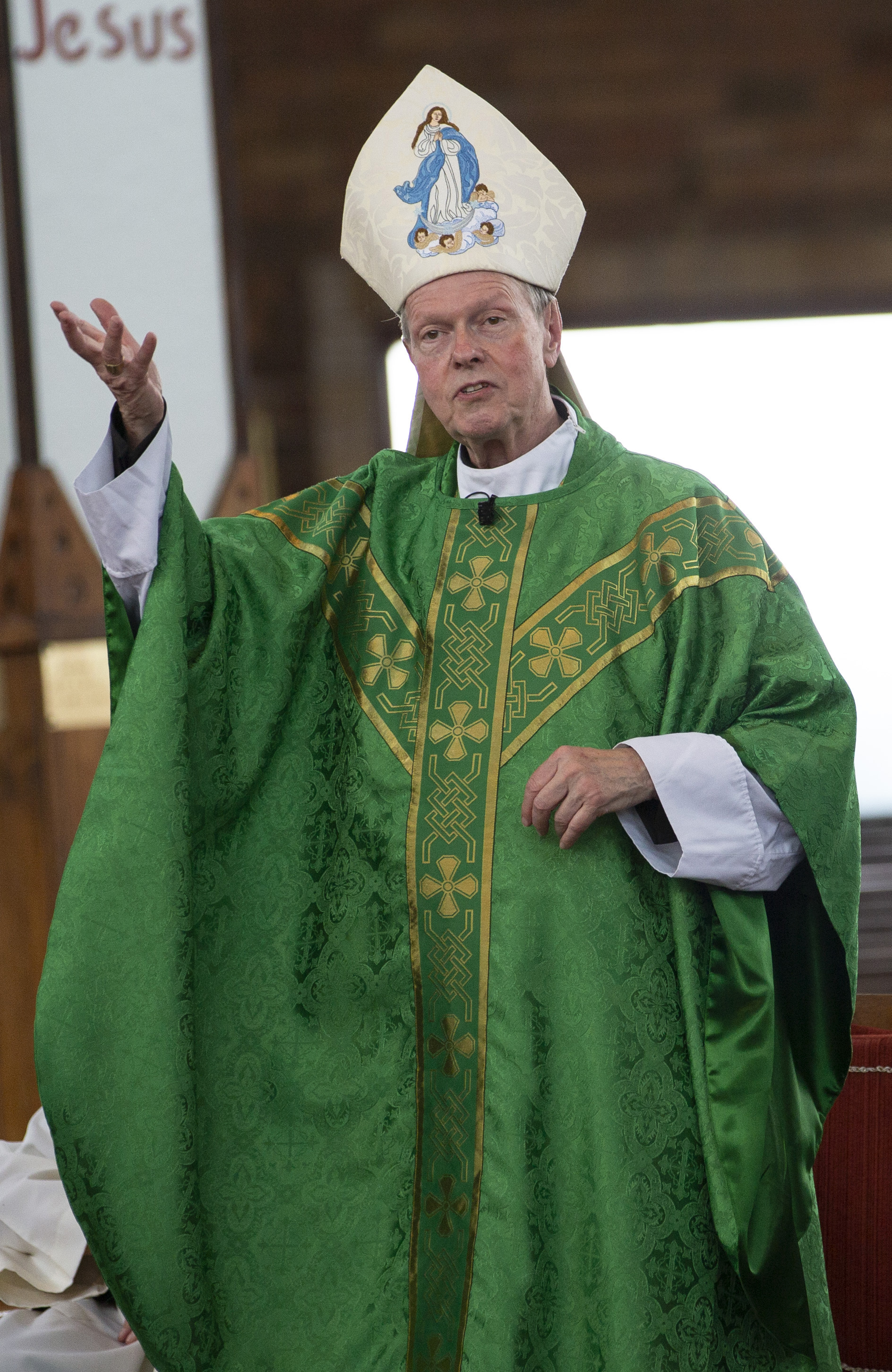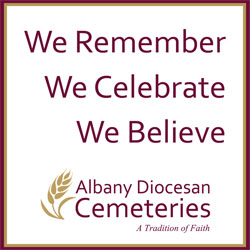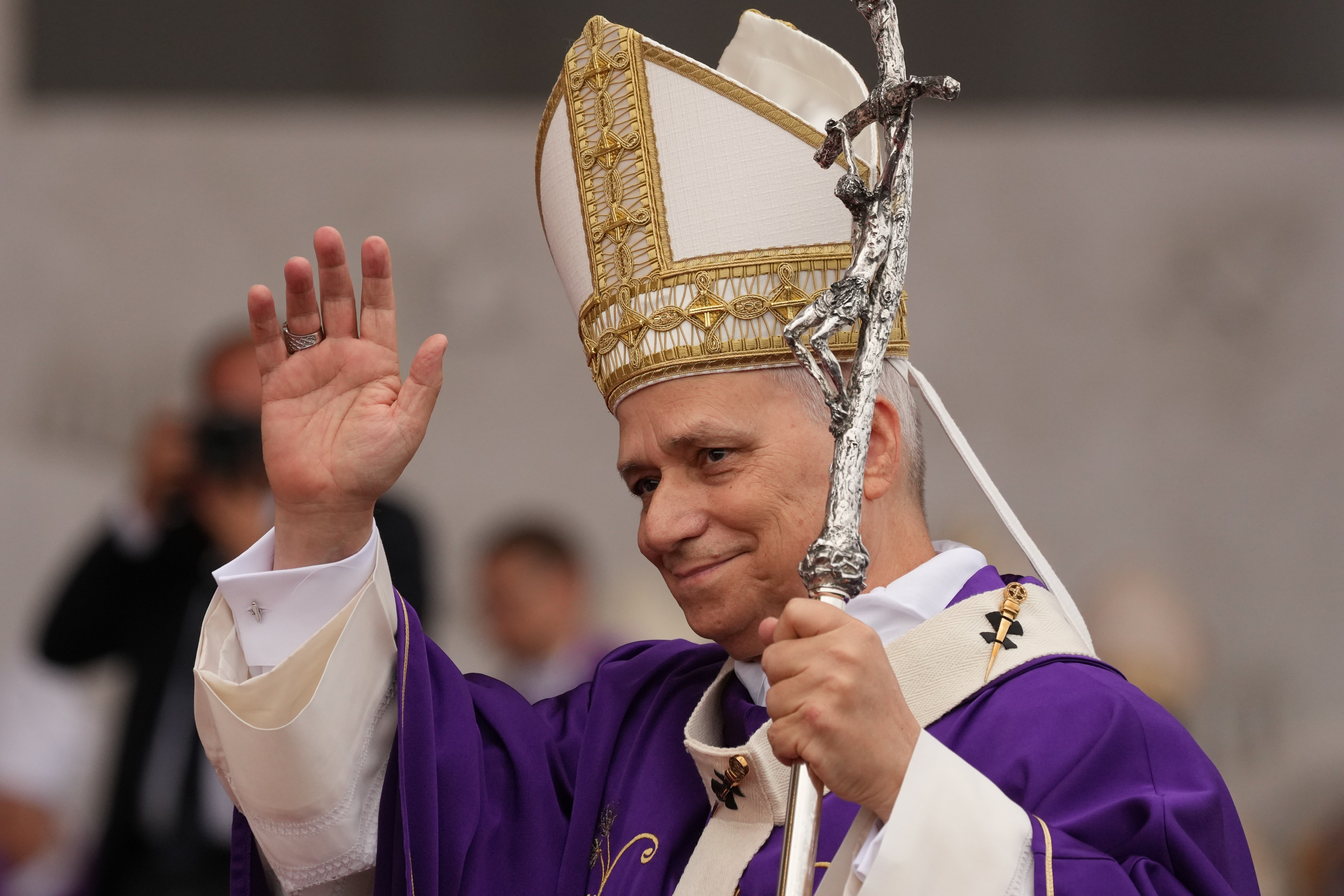March 6, 2024 at 9:21 a.m.
Rejoice in a song of restoration
For God so loved the world that he gave his one and only Son, that whoever believes in him shall not perish but have eternal life. — John 3:16
On this Fourth Sunday of Lent, which is known as Laetare Sunday from the Latin meaning rejoice, we are presented with contradictions in the Liturgy: mourning and rejoicing, darkness and light, ignorance and knowledge, ugliness and beauty, destruction and restoration, a song of sorrow and a song of joy. All these realities are present in the Scriptures and in the Liturgy itself.
These same contradictions exist in each of us; we have the ability to mourn and rejoice at the same time. Our lives can be immersed in darkness even when there is light all around us. We can have all the degrees in the world and be seen by others as knowledgeable and still be ignorant of the truth. We know from life experience that from the destruction of our lives comes restoration. In the same way the songs we love the most speak of sorrow and the hope of rejoicing.
When you make a decision to restore something, you have to decide to knock down in order to rebuild. I remember that when I was faced with a restoration project it made me nervous. I thought to myself, what if in my quest to restore that which has deteriorated, I cause further destruction rather than restoration. Let me explain. I had the greatest privilege when I was pastor at Holy Family Parish in Little Falls to restore one of the most beautiful churches in the Diocese of Albany. Holy Family Parish dates back to the 1870s and the parish was founded in the 1840s as St. Mary’s Church. The church that was built in the 1870s has all the richness and size of a gothic cathedral.
When I arrived, the church was in need of interior restoration and they had decided to paint the church. It had been painted white in the 1970s from ceiling to floor. Having just arrived and fearful of making the wrong decision, I put the project on hold and brought in consultants to advise us on the original colors of the church. We decided on a warm and rich looking color palette and, along with painting, we pulled up floors and removed rows of pews and liturgical furnishing that were not in keeping with the architectural design of the church we endeavored on the restoration project. We could only hope we would bring the church back to the fullness of its beauty, and would only know for sure once it was complete.
In the cycle B readings for this Fourth Sunday of Lent from Second Chronicles 36:14-16,19-23, God has to allow the destruction of Judah in hopes that the people and the land will one day be restored. “Their enemies burnt the house of God, tore down the walls of Jerusalem, set palaces afire, and destroyed all its precious objects.” God allowed the people of Judah to plot their own course, and the results of that wrong course led to their destruction and exile to Babylon.
God allowed this to unfold with the plan to restore Judah, “All this was to fulfill the word of the Lord spoken by Jeremiah: Until the land has retrieved its lost Sabbath, during all the time it lies waste shall have rest while seventy years are fulfilled.” It would be by the streams of Babylon that the people of Judah were being restored to the Sabbath, “How could we sing a song of the Lord in a foreign land? If I forget you Jerusalem, may my right hand be forgotten.” (Psalm 137) But they were able to sing a song of the Lord and as they mourned for Zion, they began to rejoice because they saw that their God was with them. They began their journey of restoration back to the Promised Land by moving from darkness to light, by no longer living in ignorance of God’s ways but rather by living in the knowledge of God. Their behavior was no longer ugly in the sight of God, now they were seen as beautiful. Their song of sorrow was now a song of rejoicing.
In the same way the cycle A readings speak of restoration. In First Samuel 16:1b, 6-7, 10-13a, the Lord sends Samuel to the House of Jesse to begin the process of restoring God’s Kingship by calling forth David and establishing the Davidic covenant and from that line Jesus would restore all humanity. The restoration Jesus would bring about is revealed in his exchange with Nicodemus who comes to Jesus in the dark of night seeking knowledge and light. “God so loved the world that he gave his only son.” (John 3:14-21)
Jesus’ conversation with Nicodemus is the promise of restoration, the promise of being born from above. For this to happen Jesus would have to die to bring about new life. Destruction brings about restoration. In the cycle A Gospel John 9:1-41, we hear of Jesus’ encounter with the man born blind and how this sign of restoration of his eyesight is the promise of how we will be born again in the waters of baptism. We will move from mourning to rejoicing, from darkness to light, from ignorance to knowledge, from ugliness to beauty, from sorrow to joy.
- To turn away others is to turn away God, pope says on Christmas Eve
- Arriving at the manger with Caryll Houselander
- Barrett discusses Dobbs decision, Roe’s ‘flawed’ reasoning, life at the court, her faith
- Bishop: To welcome immigrants is to follow God’s ‘divine command’ to care for the stranger
- Jesuit search, recovery of migrant remains finds bodies of 2 women in difficult desert terrain
- In pastoral on Communion norms, Bishop Martin emphasizes Eucharist is communal act of worship
- A dream of Bethlehem community: A house for the poor in village where St. Francis staged first Nativity
- Brooklyn-based book a cry from the heart about roads not taken
- In leaving CEO post, Curtis Martin says he’ll remain on board, ‘stay on mission’ with FOCUS
- Pope thanks priests, encourages them to share responsibilities with laity








Comments:
You must login to comment.